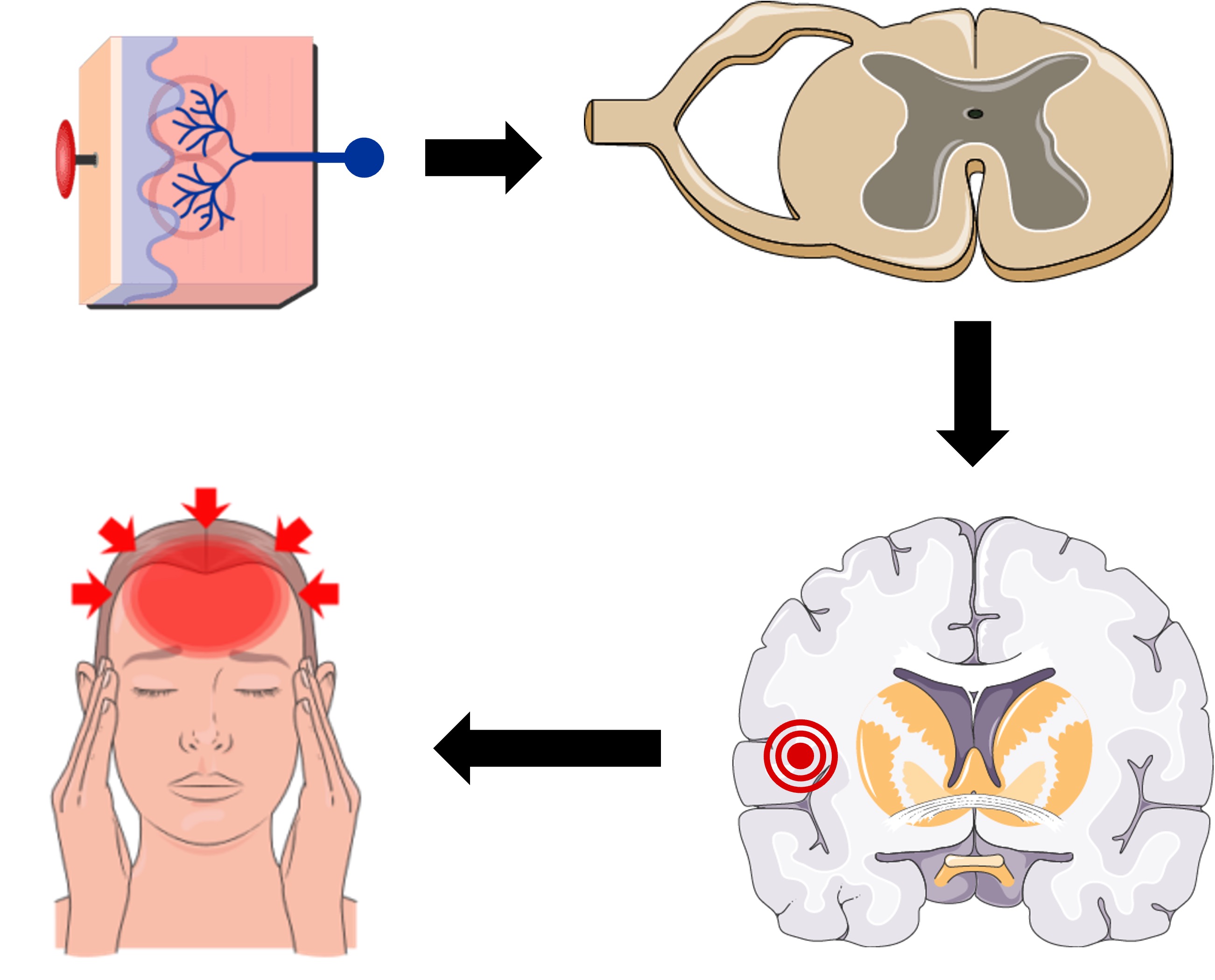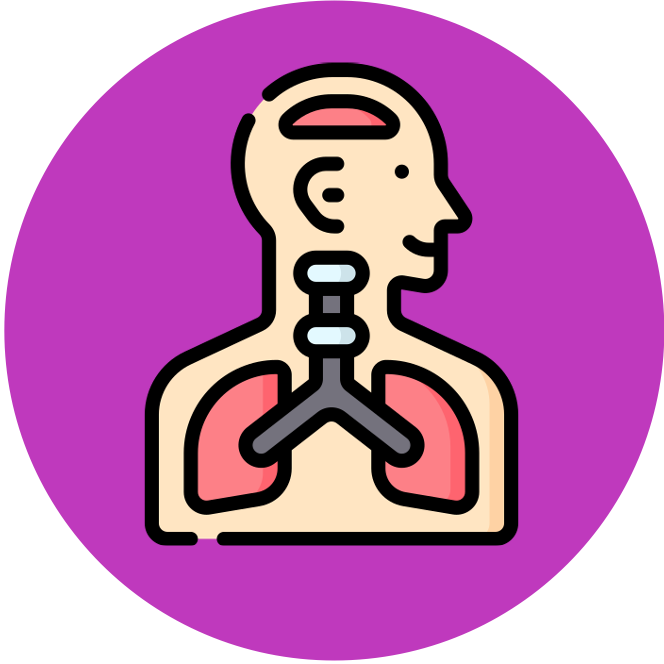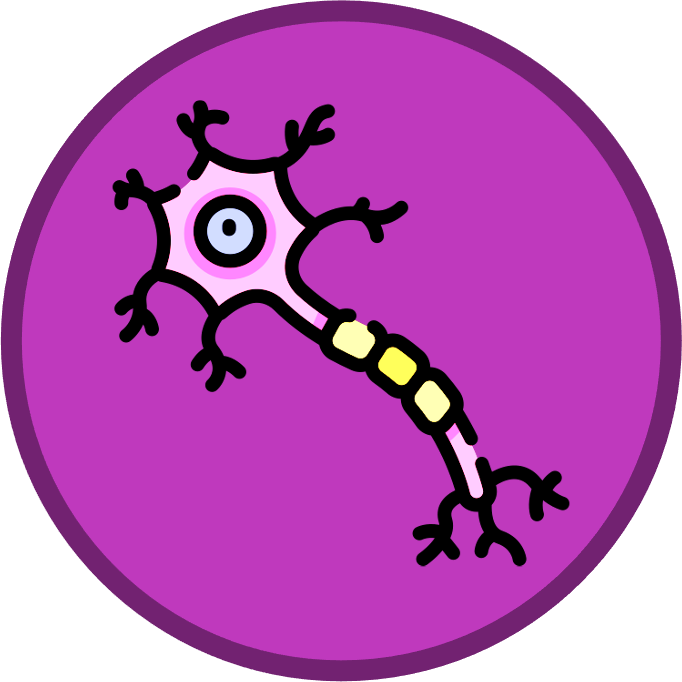

Pain Perception
Neurons generate nerve impulses when a stimulus is transformed into an electrical signal by a specific receptor
-
The stimulus can involve movement (mechanoreceptors), heat (thermoreceptors), pressure (baroreceptors) or chemicals (chemoreceptors)
The perception of pain is triggered by nocireceptors located on free nerve endings of the sensory neurons in the skin
-
These nocireceptors consist of channels that open to allow an influx of positively charged ions into the dendrite
-
The entry of positively charged ions causes depolarisation – which can lead to an action potential if the threshold potential is reached
The nerve impulse is then transmitted via the sensory neuron to an interneuron within the spinal cord
-
The signal is then relayed to cerebral cortex in the brain, where the pain is perceived
Pain stimuli can be either mechanical (e.g. a pinch), thermal (extreme temperatures) or chemical (acids or certain chemicals – such as capsaicin in chilli peppers)
Pain Perception Pathway






